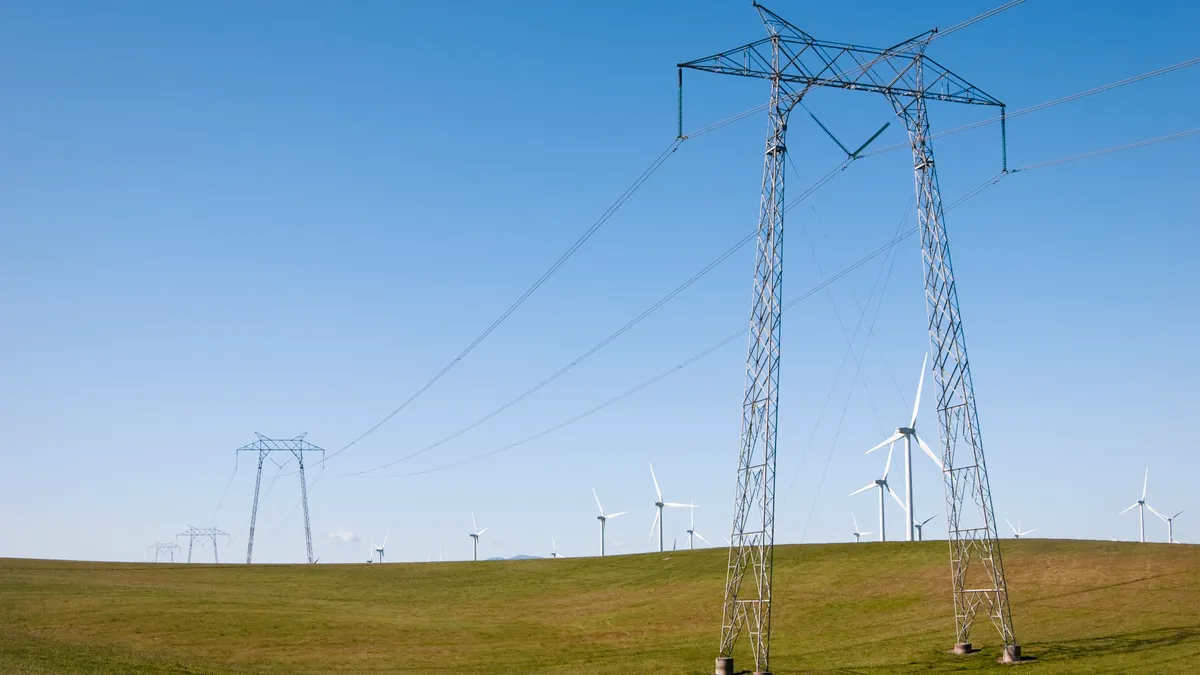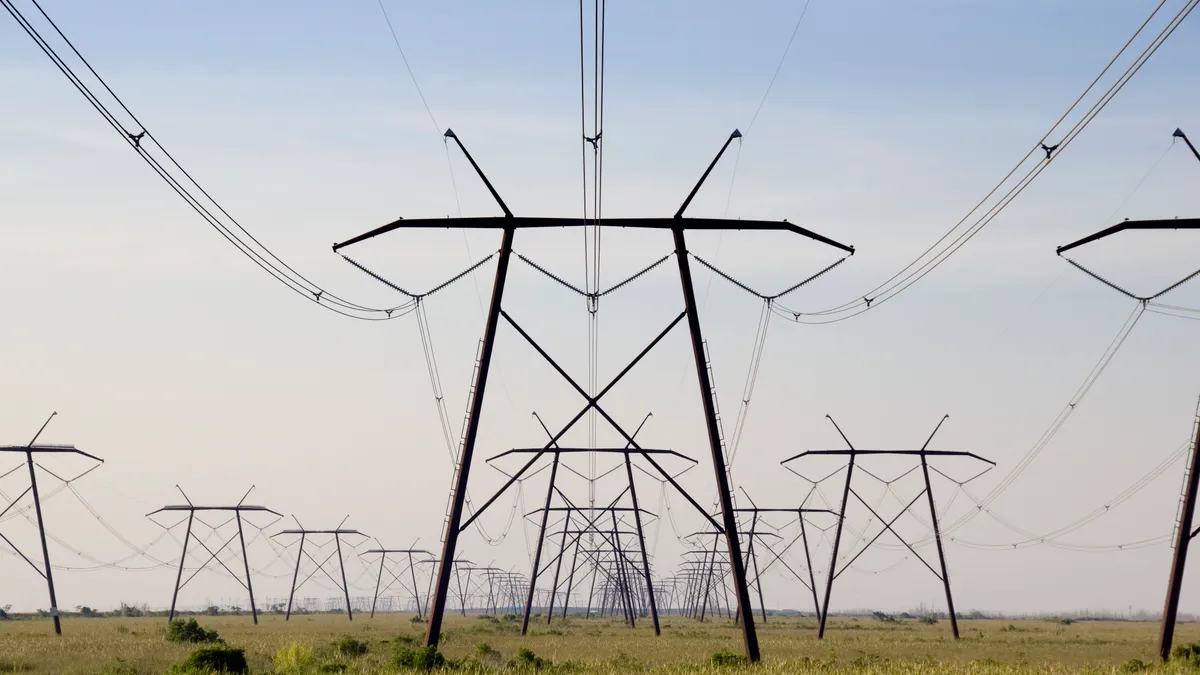Jeffrey Conklin is executive managing director of utilities intelligence at J.D. Power and Andrew Heath is managing director of utilities intelligence at J.D. Power.
Remember when California used to be the world leader in sustainability? After decades living in the shadows of smog-filled skies, the state became the first to adopt stringent vehicle emissions standards in 2002 and, in 2006, it was the first state to establish a comprehensive greenhouse gas regulatory program. The state’s electric utilities rode this wave of environmental activism to introduce groundbreaking energy conservation programs and operational overhauls that would increase production capacity while reducing consumption.
It seemed like the utilities and their regulators were onto something. By 2008, California was the 18th highest-ranked state in the U.S. in the annual J.D. Power Electric Utility Residential Customer Satisfaction Study, with strong performance on corporate citizenship and customer communications metrics, and all signs were pointing to continued improvement. Today, California’s electric utilities rank 45th in the nation in our annual study, marking one of the sharpest declines in customer satisfaction we’ve ever tracked.
The story of how California’s electric utilities went from sustainability leader to poster child for disgruntled customers, sky-high rates and unreliable service is the story of more than a decade of mismanagement and regulatory failures. Ultimately, a combination of ineffective communication, heavy-handed regulatory mandates, and misguided reinvestment have conspired to destroy the best laid plans for California’s sustainable future.
Underestimating the importance of effective customer communication
Sadly, one of the biggest drivers of this failure was one of the easiest strategies to execute: effective customer communications. California’s electric utilities simply did not share their plans with consumers and, as a result, few everyday Californians had any idea that their utilities were introducing new energy-saving strategies and investing in the welfare of their communities.
We see the phenomenon clearly in our customer satisfaction data, where California electric utilities have seen their corporate citizenship scores fall 63 points (on a 1,000-point scale) versus the industry average during the past 15 years. This is a big miss. In 2008, California utilities were among the best in the nation on corporate citizenship, widely recognized by their customers as playing a critical role in the community and actively supporting goodwill initiatives beyond their core function of delivering reliable electrical service. That reputation was nurtured through a combination of active customer outreach and visibility across advertising and public awareness campaigns.
Today, the majority of California’s electric utility customers are largely in the dark on sustainability and energy conservation initiatives — even as record prices are hitting their wallets each month. Even seemingly basic measures, like public safety power shutoffs, which were implemented to keep customer safe in the wake of the California wildfires, were executed with little-to-no advance warning to customers and with inadequate contingency planning in place.
Poor execution on pricing strategies
The trickle-down effects of poor customer communications have been amplified by California regulators’ clumsy approach to pricing. For the calendar year 2022, California had the highest retail electricity prices in the continental U.S. at 22.48 cents per kilowatt hour, according to the Energy Information Administration. That’s 80% higher than the average U.S. price in 2022 and an increase of 76% since 2008.
That pricing is despite some of the most aggressive legislation focused on getting consumers to reduce energy consumption. In 2016, the California Public Utilities Commission mandated that all investor-owned utilities operating in the state adopt new time of use, or TOU, rate structures. This pricing scheme, which sets different rates for electricity use based on hours of peak demand, is meant to encourage use of high-energy consuming tasks — such as dishwasher and washer and dryer use — outside of the hours of peak demand on the power grid.
It's an interesting and progressive strategy, but when regulators forced aggressive timelines and many California utilities implemented the TOU initiative without widespread customer awareness or buy-in, customers recoiled as soon as they saw their new monthly bills. In fact, following pilot programs to introduce TOU rates in 2016, our customer experience data shows utility customer satisfaction scores were significantly lower when customers were not given a choice and TOU programs were just implemented by mandate. By contrast, when customers proactively choose to be a part of a TOU, their satisfaction levels and perceptions of affordability improve. Among California utilities, only the Sacramento Municipal Utility District got this customer communication formula right. The rest forced TOU on their customers and they are still paying the price.
Reliability and reinvestment
That leaves most California electric utility customers paying significantly more than everyone else in the country without any sense of how that money is being spent or what their utilities are doing to improve their lives or their communities. Then, on top of all of that, the service is terrible. Between 2013 and 2019, the three largest California electric utilities conducted 33 public safety power shutoffs. According to our data, the average electric customer in California experiences at least one lengthy service interruption every three months.
Outdated and dangerous equipment, rampant power outages and no sign of improvement is not a good recipe for sustainability. Yet, that’s exactly what California’s utilities and utility regulators have settled for during the past decade plus — despite the fact that the state has spent 55% more per customer per year on transmission and distribution improvements. There is a chronic misperception that Herculean efforts are required to overhaul utility infrastructure and set California back on the path of improvement. In fact, the solutions are much more basic than that. Utilities need to start communicating, investing in customer- and community-centric improvement and using common sense when it comes to pricing strategy.
The logic should be intuitive to regulators and utilities. Large-scale sustainability initiatives on the scale of what California has been trying to implement simply cannot happen without customer buy-in. It’s the customers who need to change patterns of energy use and consumer behavior for any of these things to work. Meanwhile, many actions California has taken in the name of sustainability have been introduced without any thought to the voice of the customer. Right now, none of the stakeholders in California’s complex web of utilities authorities competently represents the voice of the customer. Now, they’re paying the price in the form of low customer engagement with sustainability initiatives and a widespread lack of trust that they desperately need to regain.




















